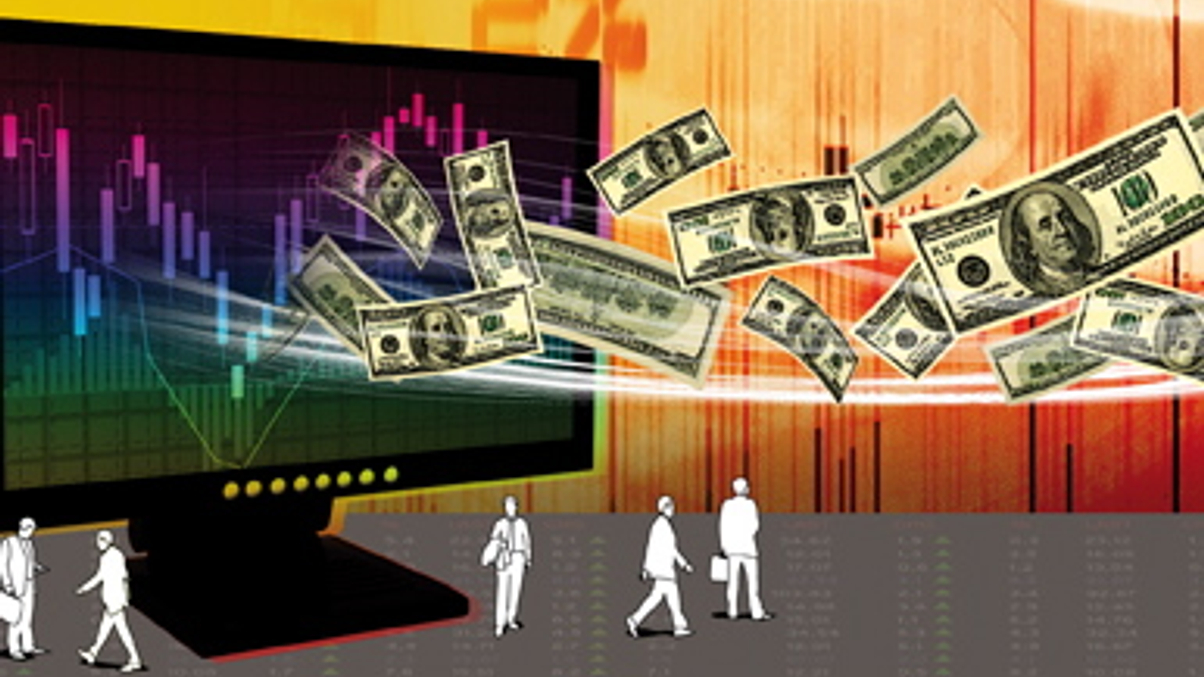Smaller, cheaper, faster: Trading Asian equities
Poor liquidity conditions and the growing sophistication of the buy-side in Asia are leading to changes in how orders are executed.

The advent of electronic trading has multiple causes, of which two stand out: the reality on the ground in Asia-Pacific of poor liquidity, and growing sophistication on the buy-side.
Sign In to Your Account
Access Exclusive AsianInvestor Content!
Please sign in to your subscription to unlock full access to our premium AI resources.
Free Registration & 7-Day Trial
Register now to enjoy a 7-day free trial—no registration fees required. Click the link to get started.
Note: This free trial is a one-time offer.
¬ Haymarket Media Limited. All rights reserved.


